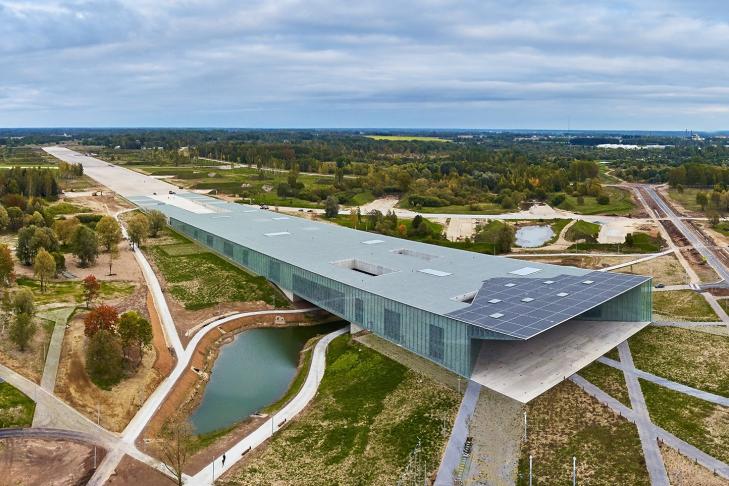Overview
The Estonian National Museum was founded in Tartu in 1909 on the initiative and with the support of the nation – with the task to protect and develop the history and culture of Estonia.
As in many other European countries, primary importance was attached to preserving the old, fading peasant culture. Also considered essential was gathering and looking after artefacts contributing to better understanding of cultural development, archaeological findings, old coins, books, manuscripts and historical records.
Over time, a number of other museums, archives and libraries were founded, and the Estonian National Museum re-focused mainly on folk culture. Until World War II, the Estonian National Museum accumulated everything related to the Estonian national heritage. The fact that the museum had become a recognised memory institution by the 1930s was greatly supported also by contacts with foreign countries (Finland, Sweden, Germany, France etc), both in exchanging scientific literature, participating in study and research trips and scientific conferences and also through organising exhibitions outside Estonia.
 LT
LT
 LV
LV
 EE
EE
 EN
EN
 DE
DE
 PL
PL

